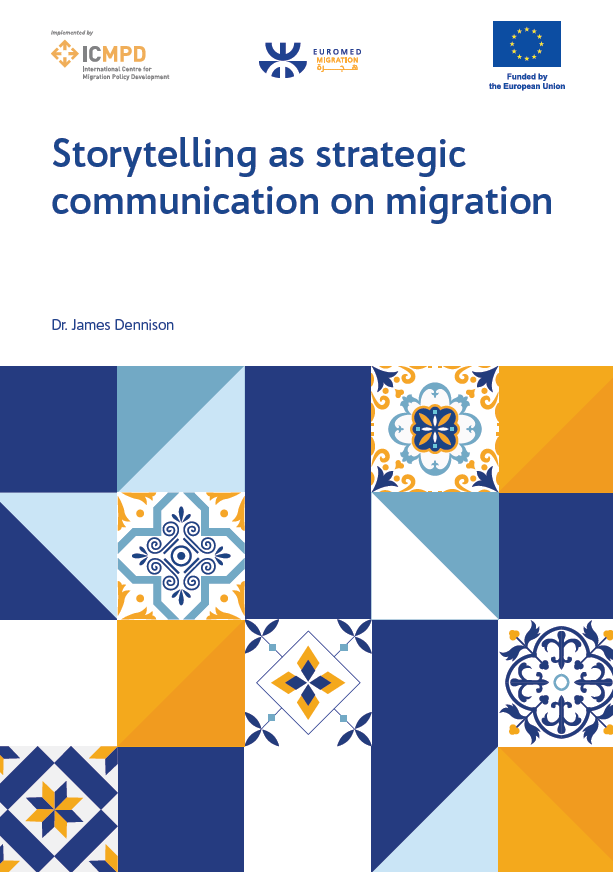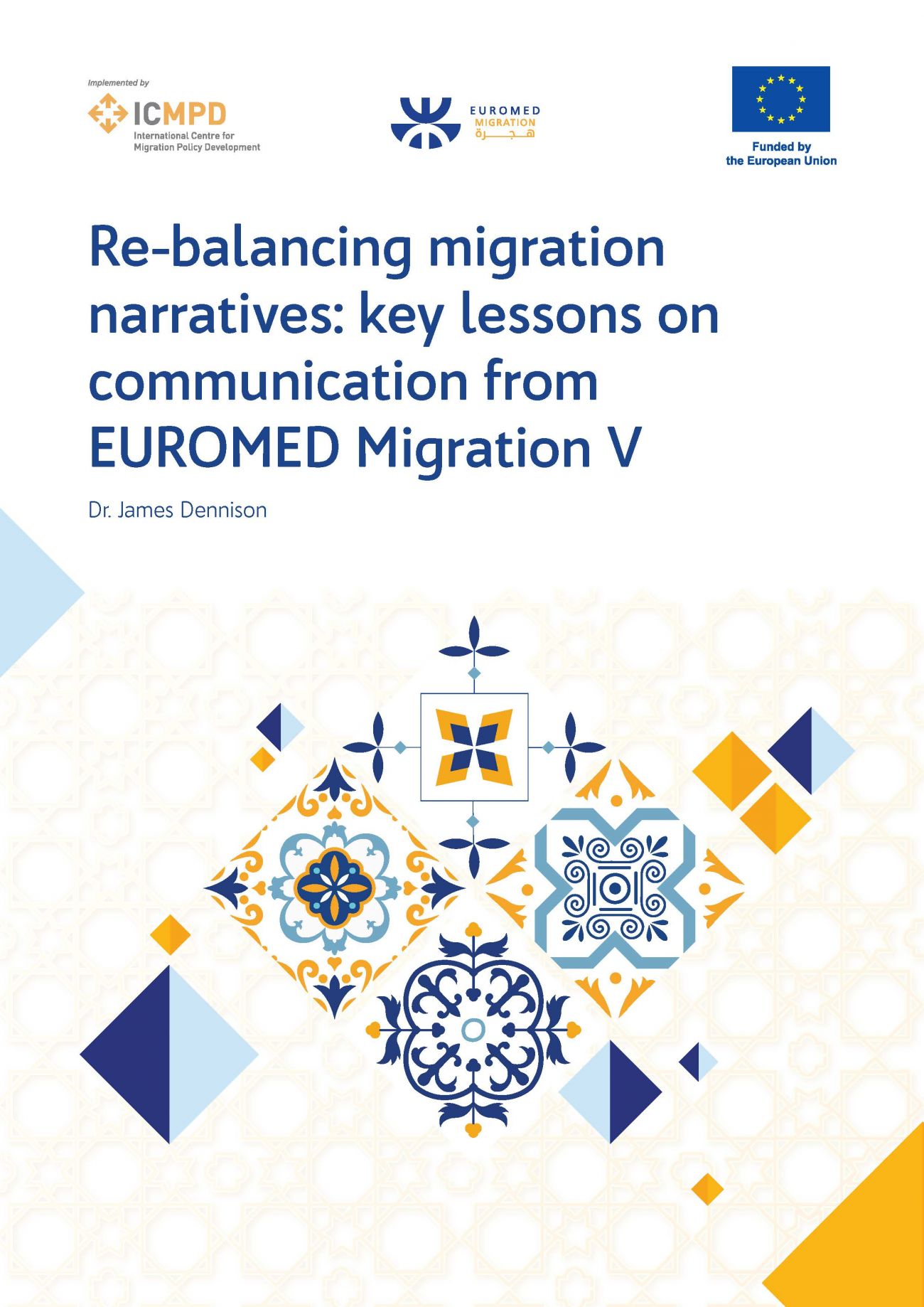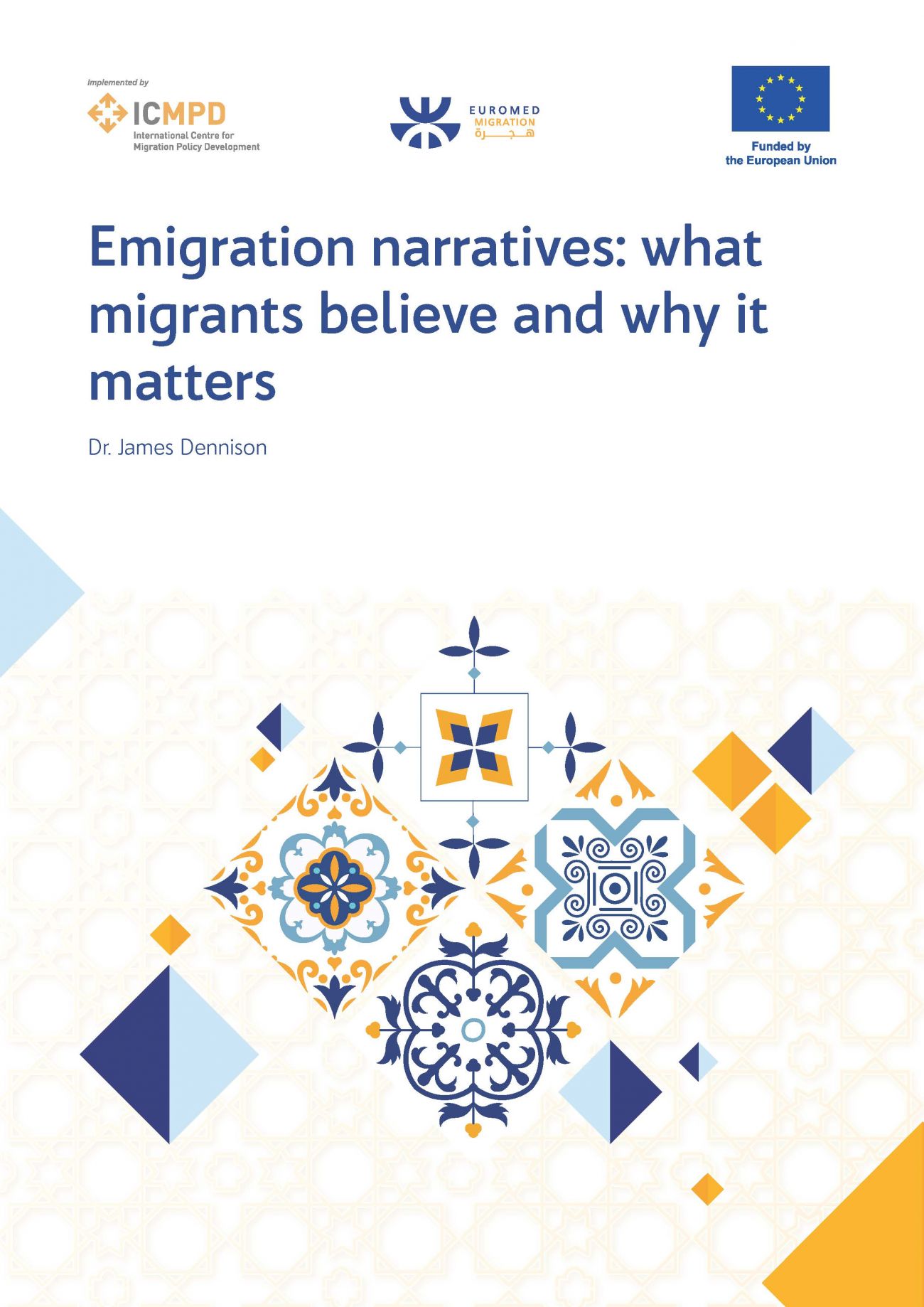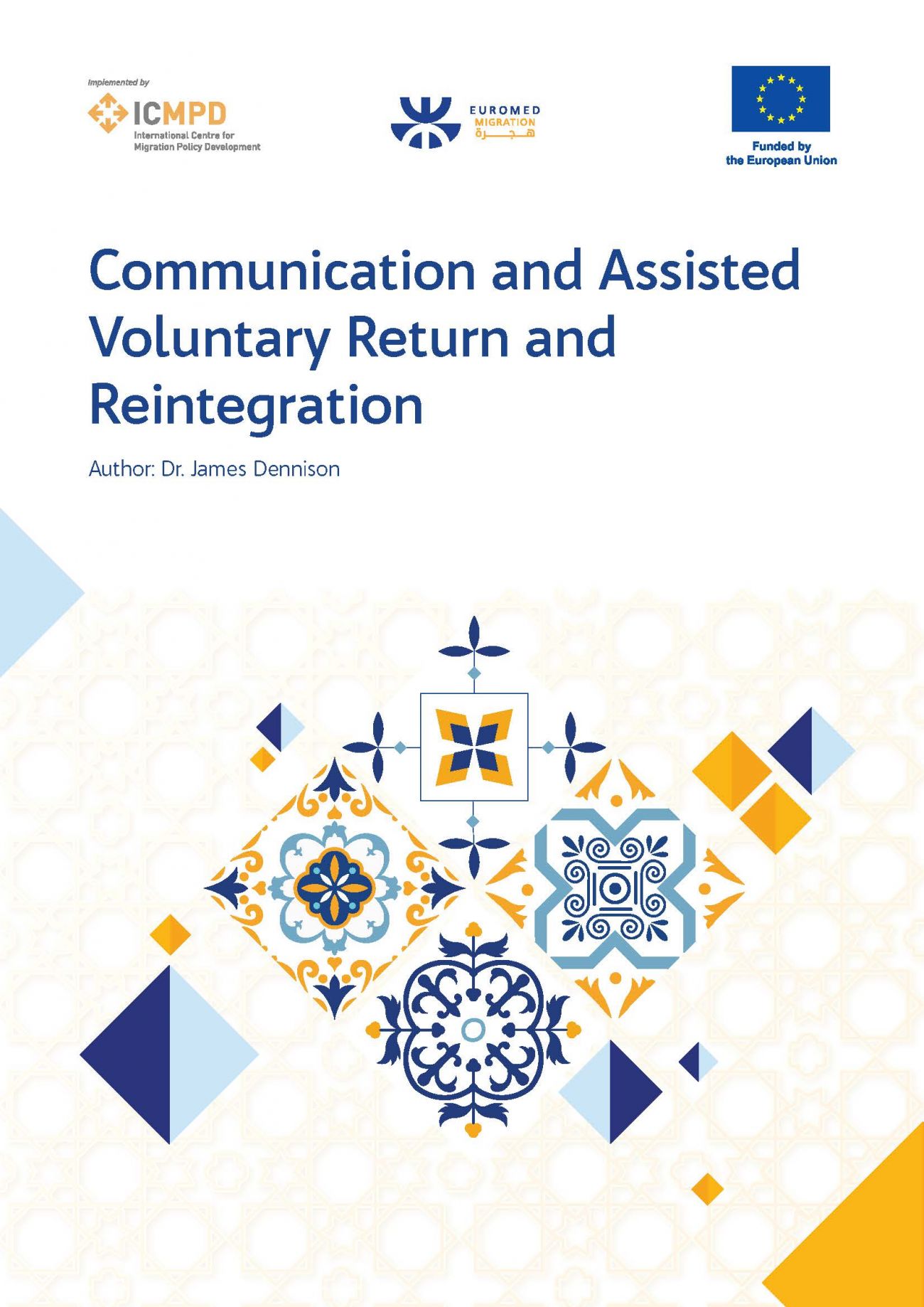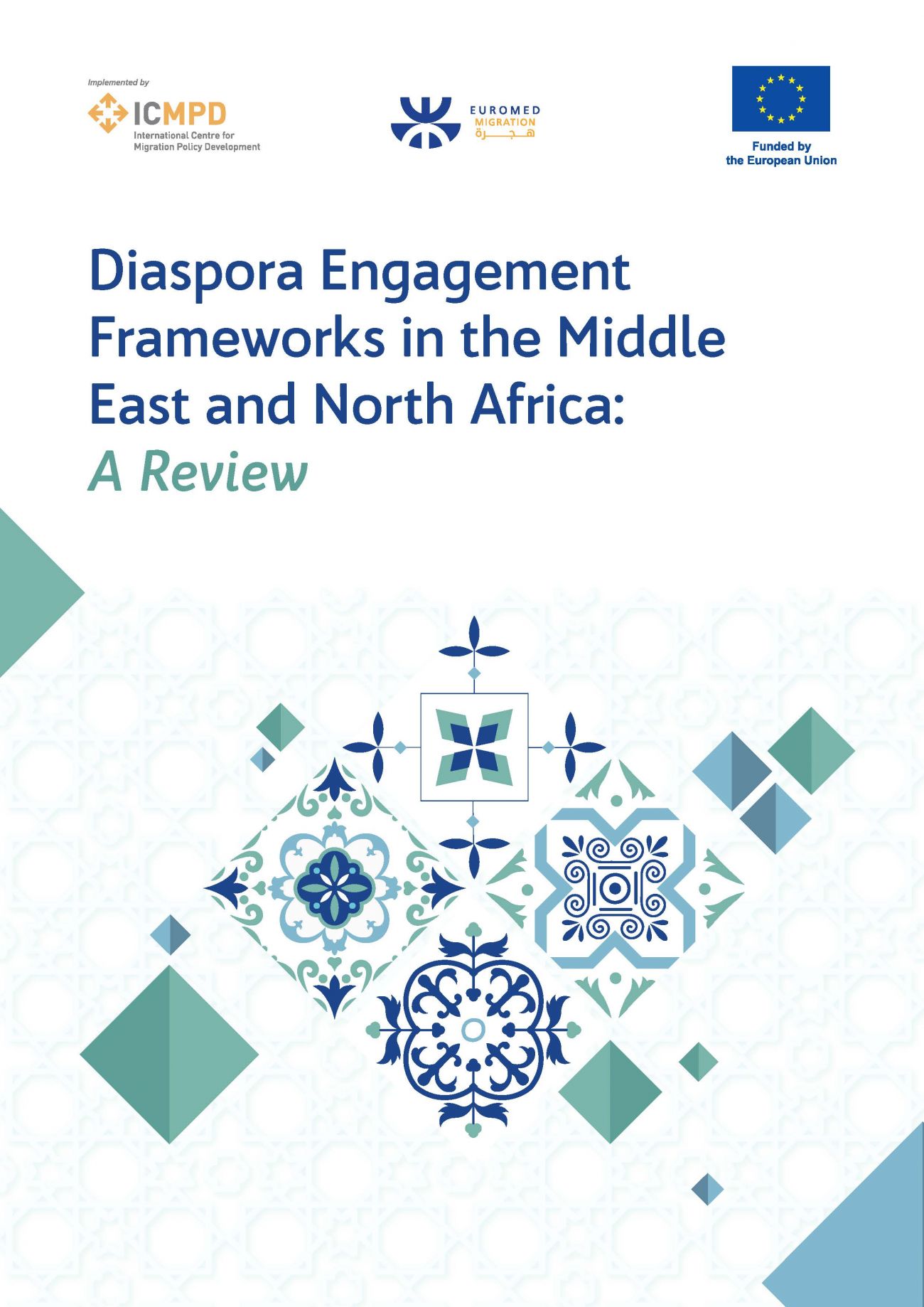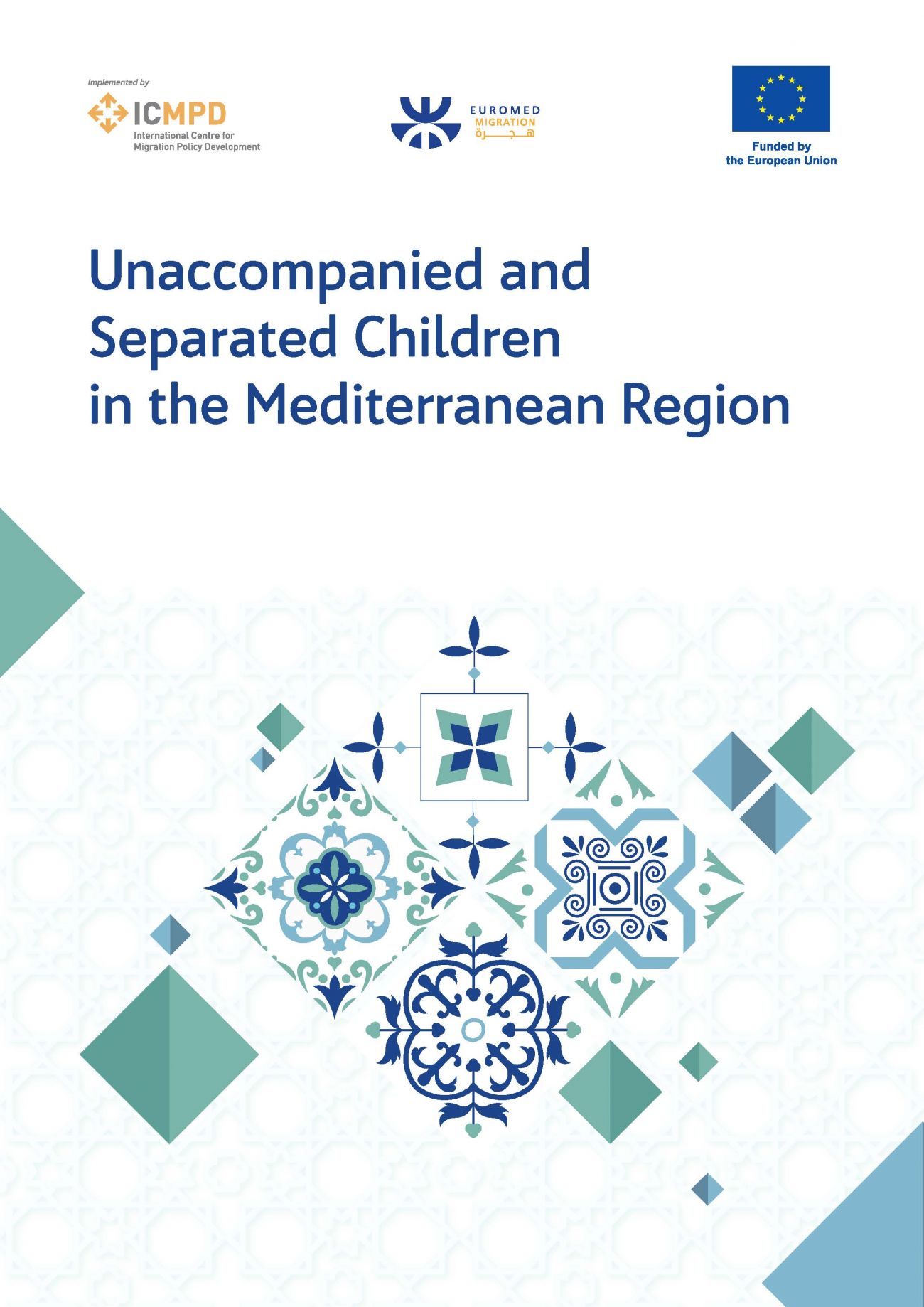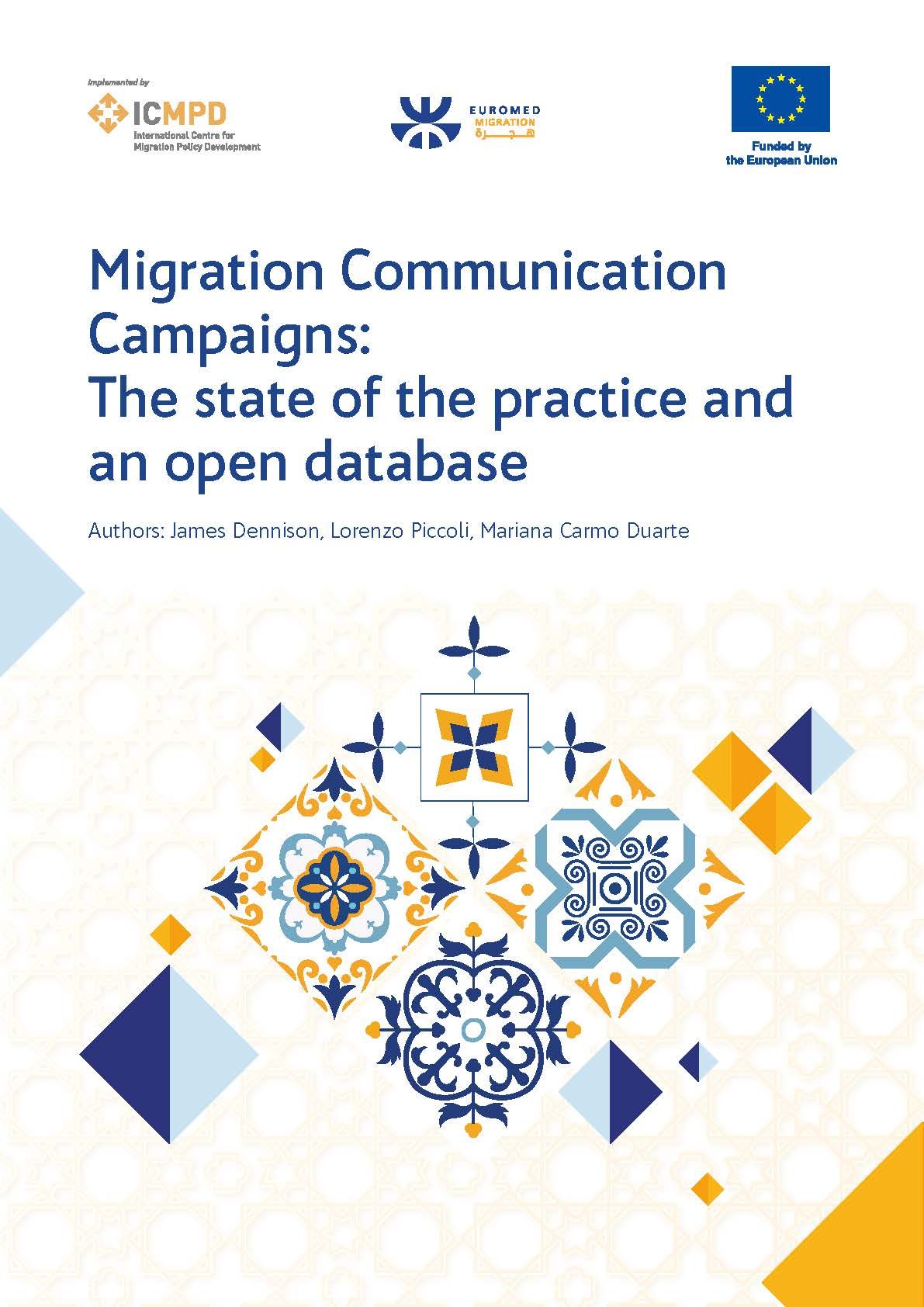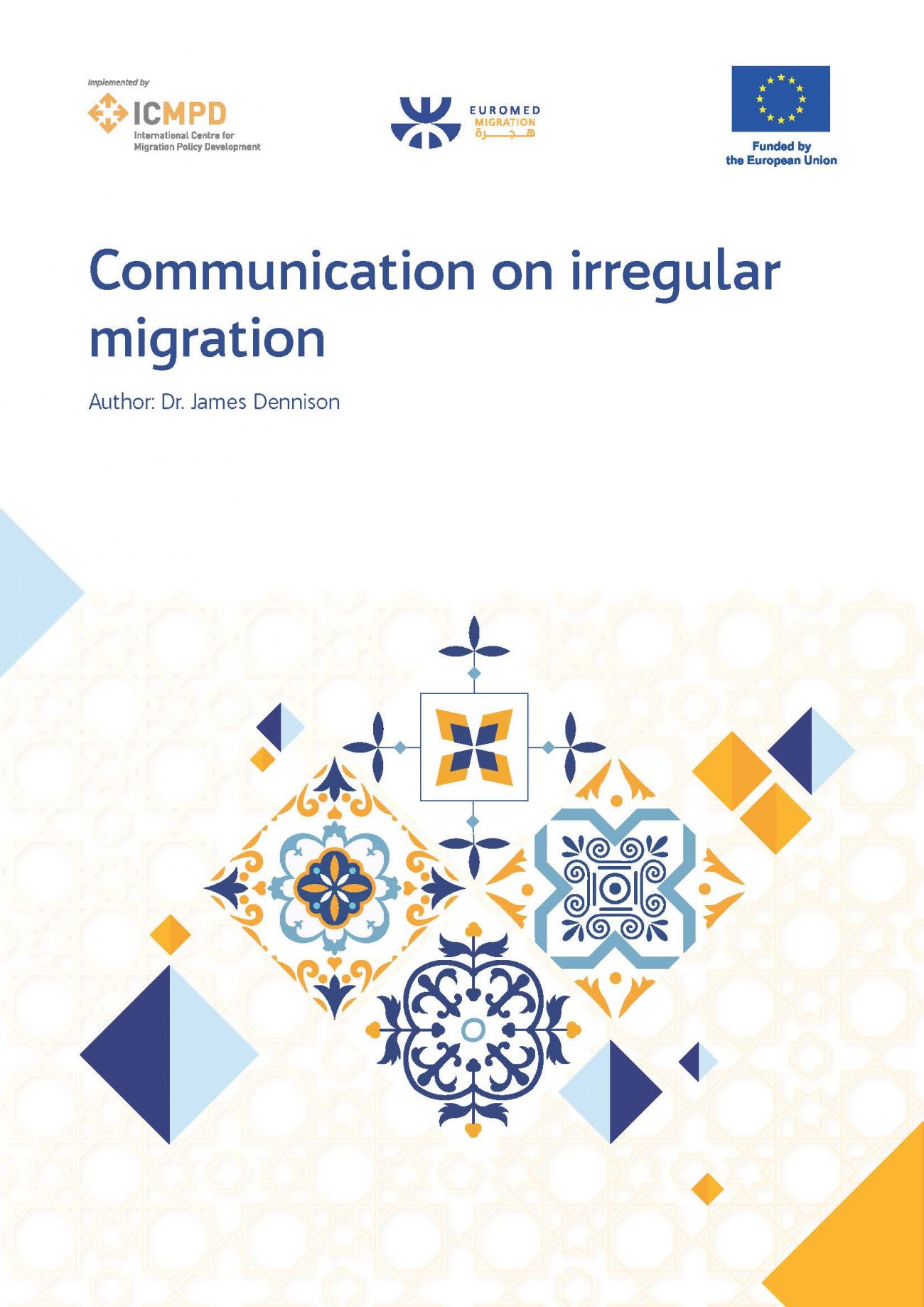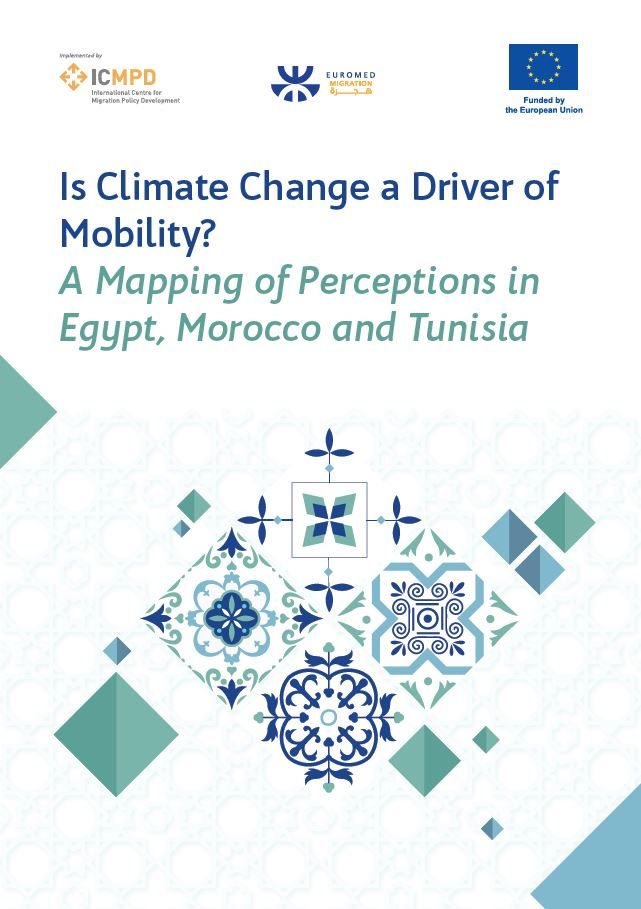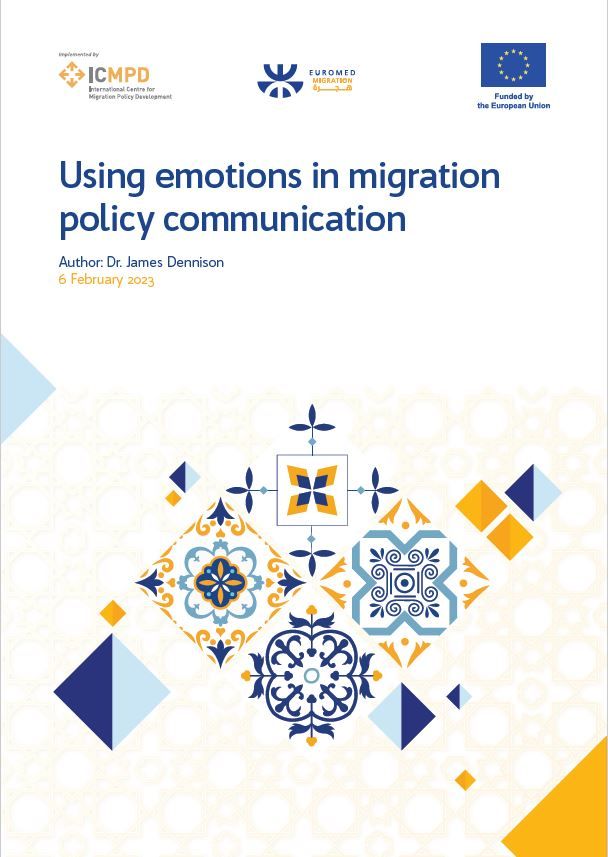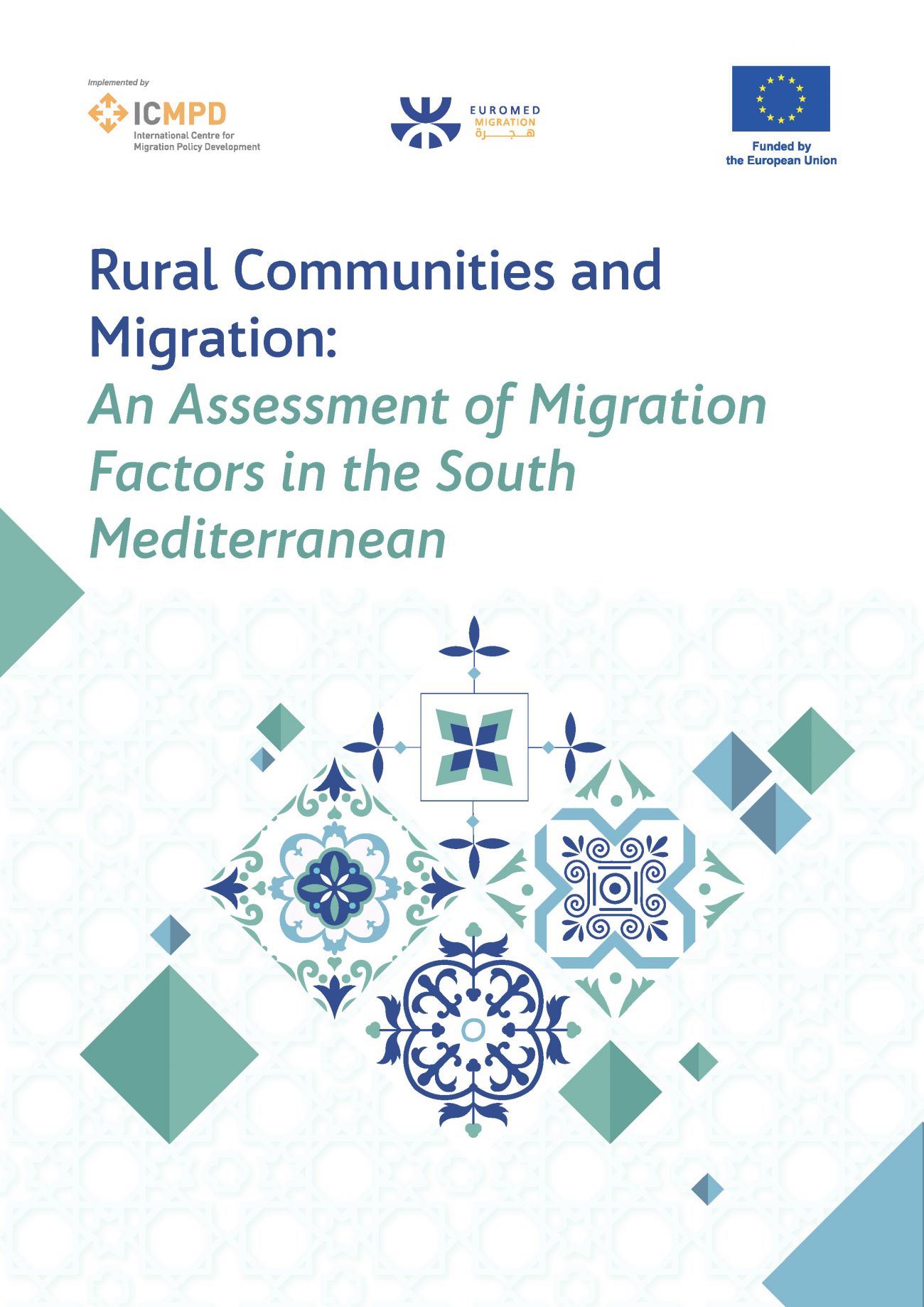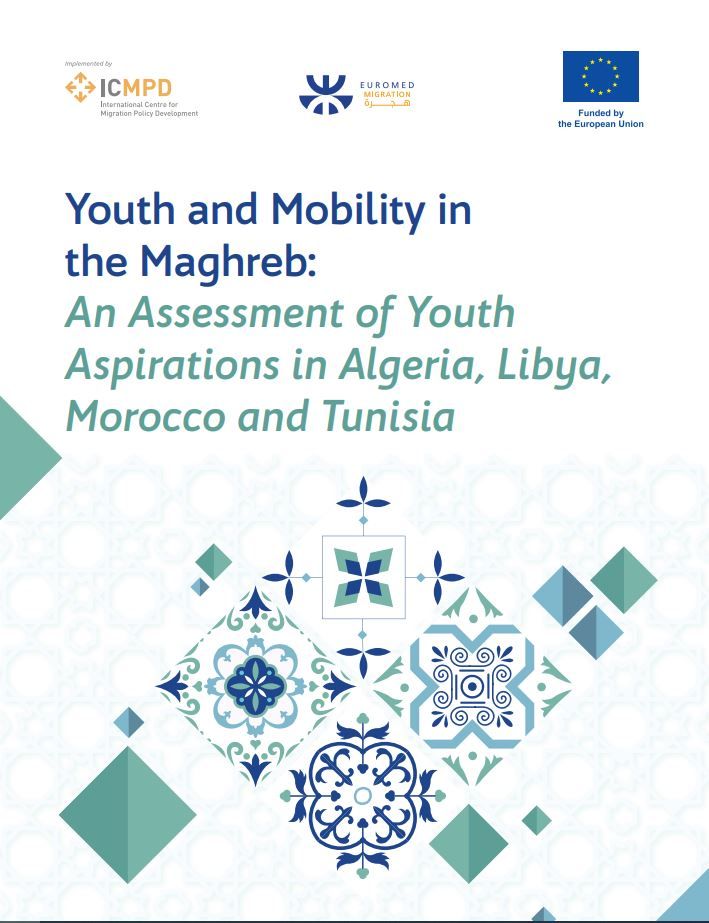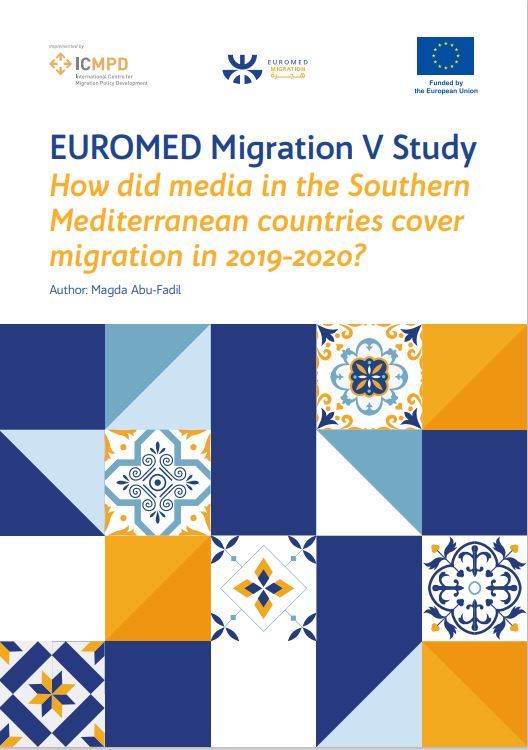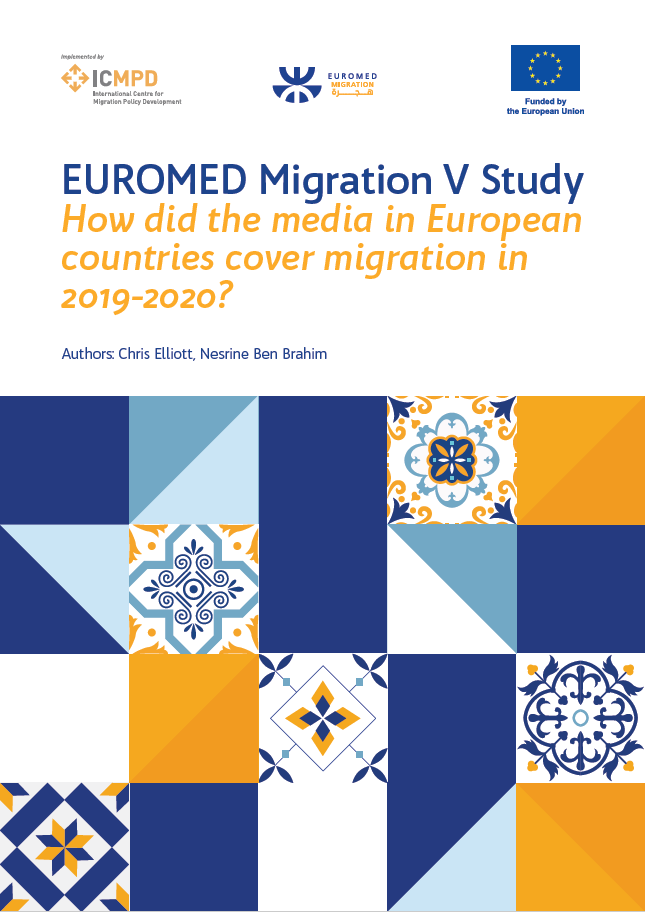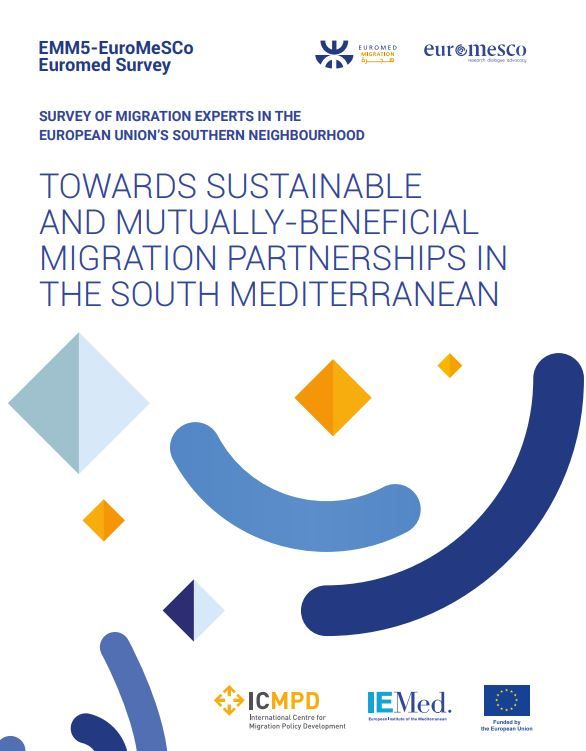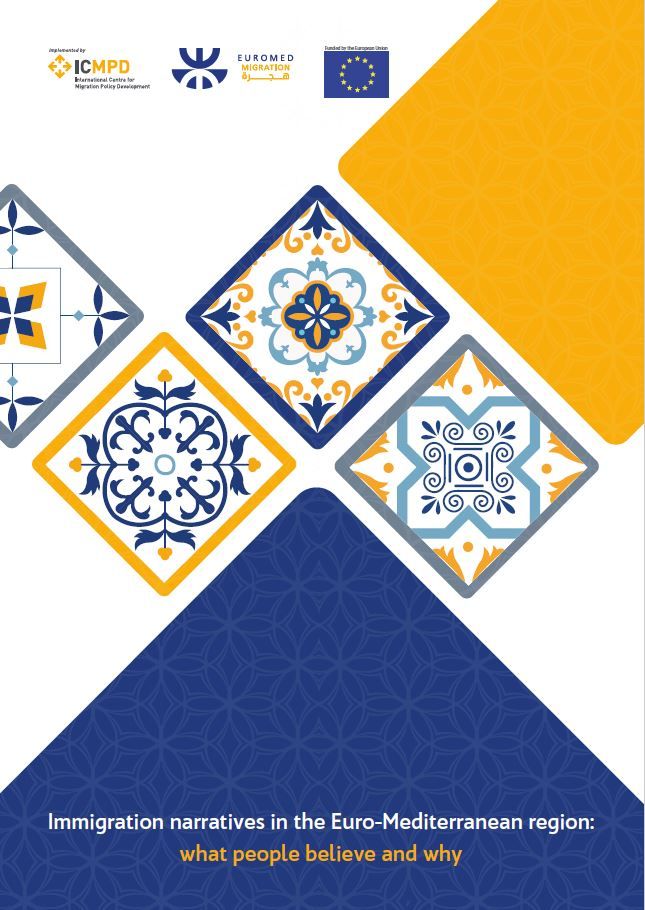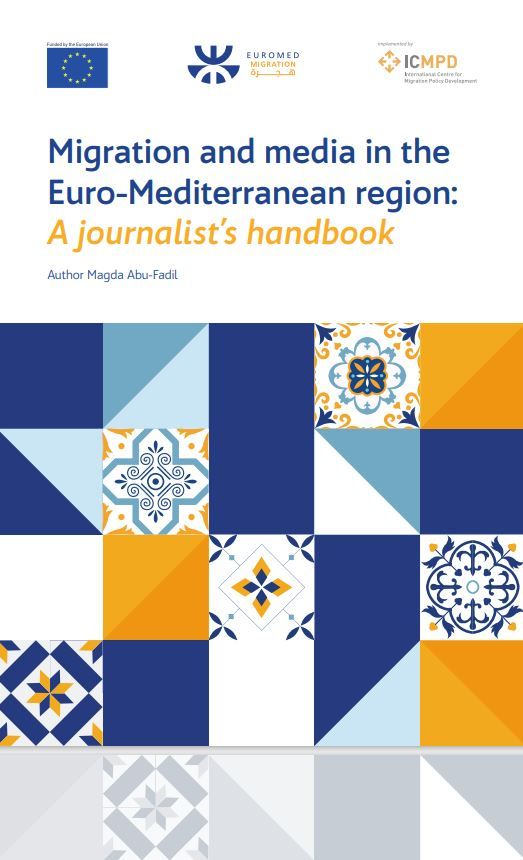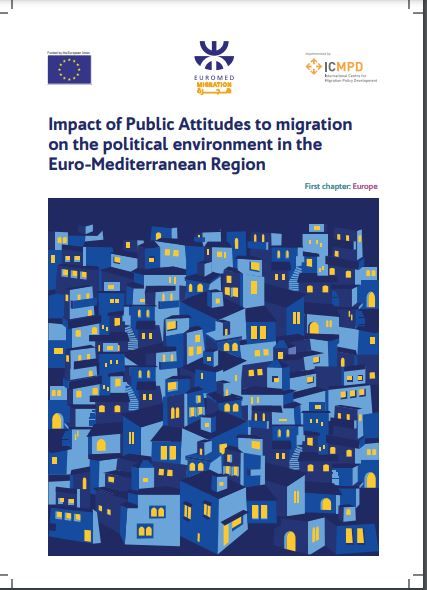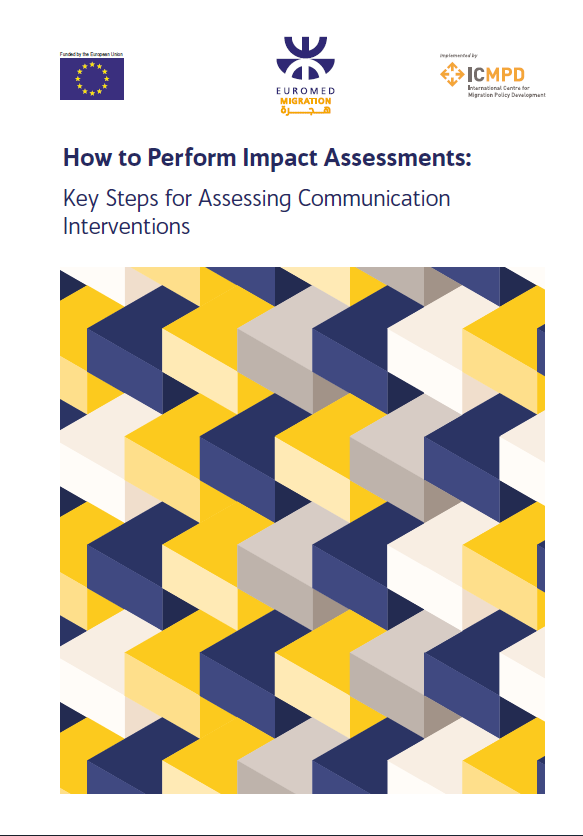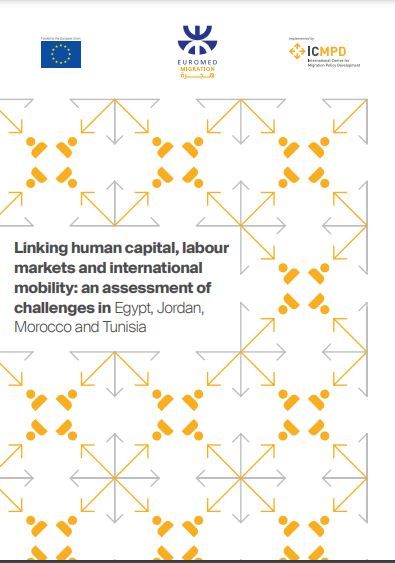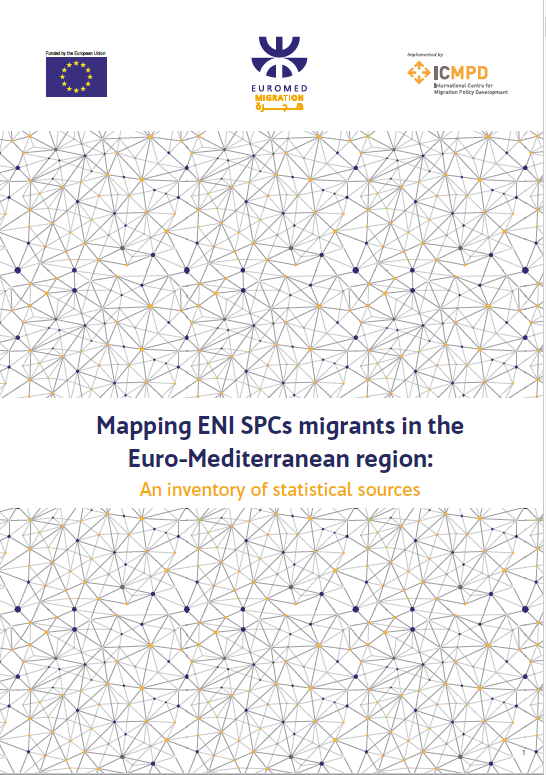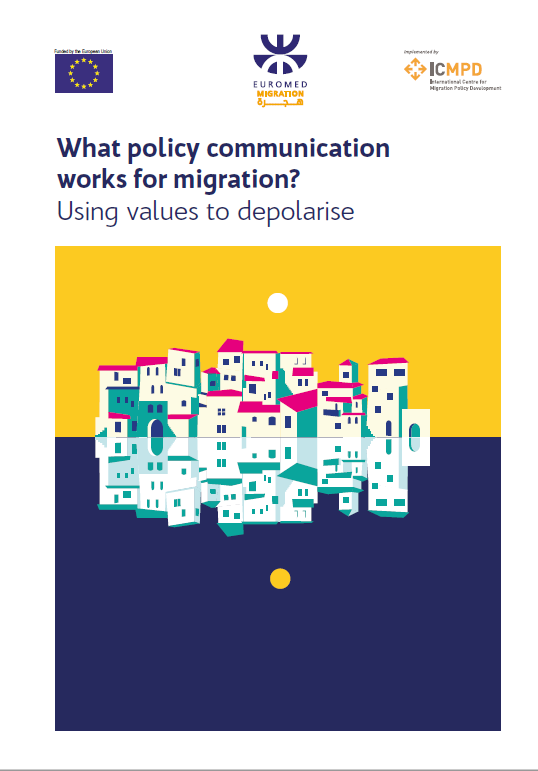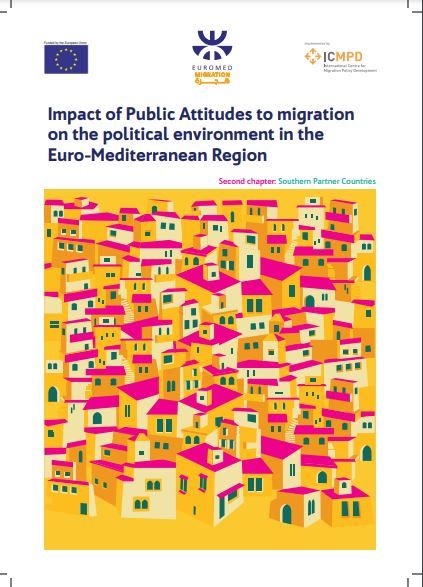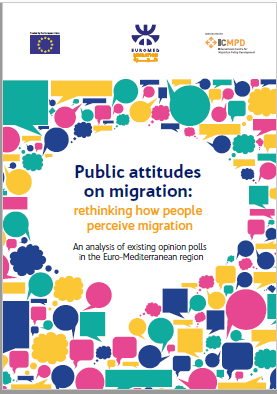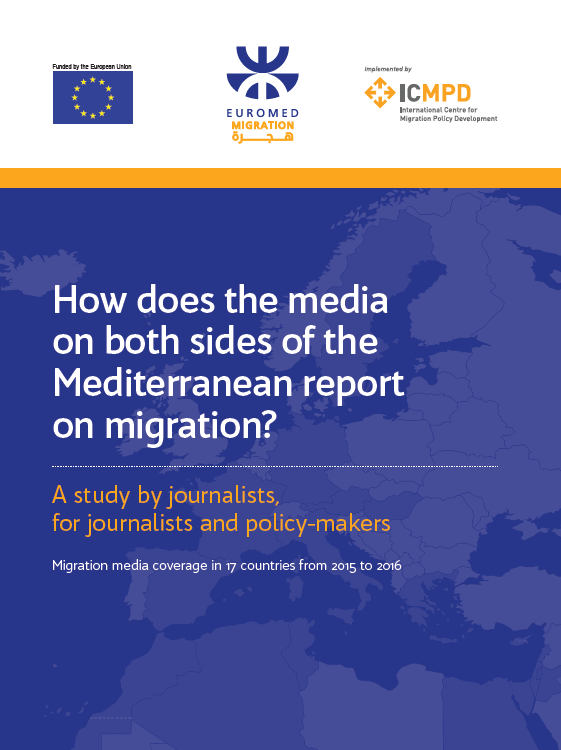As part of the EUROMED Migration (EMM) studies, in partnership with the European Union Institute Migration Policy Centre Observatory on Public Attitudes to Migration (OPAM), EMM is proud to give exclusive access to the publication ‘Storytelling as Strategic Communication on Migration.’ Practitioners regularly recommend storytelling as an effective means of strategic communication about migration. Storytelling is distinct from other forms of communication due to its ability to clear and retain attention, disarm critical thought, and provide an opportunity for the storyteller to demonstrate a large range of skills and thus enhance their credibility. Experimental evidence supports the notion that storytelling is more persuasive than, for example, appeals to authority using experts. This report provides the first review of the academic literature on the characteristics and effects of storytelling and how this might be best used for migration communication and outlines seven best practices according to these criteria and demonstrates them using examples.
Video Presentation
Summary
EUROMED Migration V is a programme funded by the European Union (EU) and implemented by the International Centre for Migration Policy Development (ICMPD). It supports EU Member States and the European Southern Neighbourhood Partner Countries (SPCs) in establishing a comprehensive, constructive and operational dialogue and co-operation framework on migration, with a particular focus on reinforcing instruments and capacities to develop and implement evidence-based migration policies.
EMM5 builds upon the results of its first four phases (2004-2020) and tailors its activities around facilitating effective North-South and South-South regional dialogues and cooperation within the thematic areas identified in the New Agenda for the Mediterranean on migration and mobility and the New Pact on Migration and Asylum. These include: migration and asylum governance, socio-economic opportunities for migrants and host communities, return and reintegration, legal migration and mobility. In addition, the EMM5 features a fully-fledged component exploring communication on migration as an emerging priority.
Objective
EMM5 aims to foster rights-based migration governance systems by consolidating and expanding cooperation between European Southern Neighbourhood Partner Countries (SPCs) and European Union Member States (EU MS) as well as among SPCs themselves within the thematic areas identified in the New EU Agenda for the Mediterranean on migration and mobility and the New Pact on Migration and Asylum. It sets out to do so through three distinct yet complementary components, aligned and integrated to enhance and reinforce one another, namely: Dialogue, Knowledge and Communications:
- The Dialogue and Cooperation:
This component builds upon the consultations and momentum generated through the 16-year dialogue platform of EUROMED Migration, addressing the need to reinforce and improve cooperation between relevant stakeholders in the field of migration. The thematic priorities of the Dialogue component will be devised in consultation with participating states to ensure their relevance and added value.
- The Knowledge management and development:
This component serves to inform the priorities identified through the Dialogue component in order to foster a sound evidence basis for further exchange. The accrued results will reinforce the knowledge and data improvement to serve the priorities of migration governance. The Knowledge component aims to provide stakeholders with a flexible tool to leverage migration research as a mean to consolidate evidence-based policy-making and, as a result, create an enabling environment for adequate and sustainable responses to identified migration issues.
- The Communications and Narrative on migration:
This component aims to promote a balanced migration narrative in the Euro-Mediterranean region. Taking stock of the migration debate’s highly divisive nature, this component seeks to restore favourable conditions for pragmatic and cognisant policy choices. To this end, a range of influential stakeholders will be engaged, such as migration practitioners, communicators and journalists, to advocate for a more balanced and nuanced discussion on migration’s various realities. The Communications component will contribute to attenuate polarisation and generate an enabling environment for migration policy-making.
Together, these three components contribute to reinforcing the coherence, operational scope and resilience of cooperation on migration in the Euro-Mediterranean region as well as to enlarge the common base of national governance systems. As a result, through exchange and enhanced coordination, the potential for conflictual and/or inconsistent policy-making will be significantly reduced. Importantly, the capacity of SPCs and EU MS to manage and address migration challenges, and the intersectionality between their roles as places of origin, transit and destination of migration will be enhanced. This will bring about an increased capacity to reap the benefits and social outcomes of people’s mobility throughout the region.
Participating countries
In addition to the 27 EU Member States, the following South partner countries are participants of EUROMED Migration V:
- Algeria
- Egypt
- Jordan
- Israel
- Lebanon
- Libya
- Morocco
- Palestine *
- Tunisia
* This designation shall not be construed as recognition of a State of Palestine and is without prejudice to the individual positions of the Member States on this issue.
Publications
As part of the EUROMED Migration (EMM) studies, in partnership with the European Union Institute Migration Policy Centre Observatory on Public Attitudes to Migration (OPAM), EMM is proud to give exclusive access to the publication ‘Storytelling as Strategic Communication on Migration.’ Practitioners regularly recommend storytelling as an effective means of strategic communication about migration. Storytelling is distinct from other forms of communication due to its ability to clear and retain attention, disarm critical thought, and provide an opportunity for the storyteller to demonstrate a large range of skills and thus enhance their credibility. Experimental evidence supports the notion that storytelling is more persuasive than, for example, appeals to authority using experts. This report provides the first review of the academic literature on the characteristics and effects of storytelling and how this might be best used for migration communication and outlines seven best practices according to these criteria and demonstrates them using examples.
Re-balancing Migration Narratives: Key Lessons on Communication from EUROMED Migration V
This report overviews and discusses the key findings from the original research of the EUROMED Migration V programme on migration narratives in the Euro-Mediterranean region. Each report was dedicated to a different facet of migration narratives and each offering an original contribution that can help communicators offer a more balanced set of migration narratives.
Why do some people choose to migrate and some people not? Why are some willing to do so via irregular channels and some unwilling? Answering these questions allows us to design better interventions to achieve migration policy objectives such as “safe, regular, and orderly migration”. It also helps us answer profound scientific questions using the timeless yet increasingly important case of migration. Given the salience, uncertainty, complexity, risk and novelty of migration—as well as its emotive and valuedriven nature—we can expect narratives to play a powerful and rich role in emigration decisions. This report builds on recent findings and cutting-edge data to investigate the role of narratives in affecting variation in various forms of migration behaviour.
Assisted Voluntary Return and Reintegration (AVRR) programmes have emerged as a migration governance tool used by many national governments and supranational organisations in the 21st century. They fund—typically irregular or stranded—migrants to return to their origin countries whereafter they provide support aimed at “sustainable reintegration”. AVRR reintegration support is classified by the International Organization for Migration, which administers around 95% of AVRR programmes globally, as “economic”, “social”, and “psycho-social”. However, AVRR programmes have received several criticisms from academics and activists. The academic literatures on measuring reintegration, identifying the causes of reintegration success, and identifying the causes of AVRR participation are nascent but provide a basis by which policymakers can understand how to improve AVRR outcomes. Therefore this study identifies how communication can contribute to AVRR objectives.
This report set out to unpack dynamics and characteristics of diaspora engagement policies in the MENA region, drawing on an in-depth review of six countries’ frameworks and Gamlen’s typology of diaspora engagement policies.
This work was designed to shed light on past and current dynamics that influence international migration (from and within the region), gather the perspectives and analyse the narratives of Unaccompanied and Separated Children (UASC) in an attempt to understand the reasons that underpin the mobility of unaccompanied and separated children from and within the region, also with a view to provide recommendations on how to better provide for their specific needs in different contexts. The study placed a special emphasis on 3 selected countries in the MENA region (Morocco, Jordan and Lebanon) while valuable information and data gathered in 2 European Union (EU) countries, Greece and Spain, were also used.
How can the increasing number of policymakers responsible for strategic communication on migration produce campaigns that most effectively achieve their objectives? Moreover, how can scholars understand the increasing number of public communication campaigns designed to affect people’s migratory attitudes and behaviours? Such campaigns have become increasingly prevalent in recent years, as government agencies, international organisations, and civil society associations at local, national, and even global levels respond to increased political imperatives on the issue of migration as the salience of largescale migration in the twenty-first century has become more apparent (Dennison and Geddes, 2019). This has resulted in larger budgets and more ambitious policy objectives regarding the attitudes and behaviours of both host populations and actual and would-be migrants in origin, transit, and destination countries. In Europe, specifically, recent events like the so-called “migration crisis” in 2015-2016 and the mass displacement of individuals from Ukraine have prompted institutional actors to use public campaigns with different target audiences. These campaigns, which we label “migration communication campaigns” or MCCs, have also attracted dispersed studies from a broad range of social sciences using varied epistemological and methodological approaches.
Public communication has the potential to do enormous good for humanity. Regarding migration, public communication can be used to meet widely agreed-upon policy objectives such as safe, orderly, and regular migration. Moreover, it can help governments uphold democratic legal- and rights-based policy frameworks against nefarious forces and contribute to maximising the potential benefits and minimising the potential costs of migration to origin, transit, and host country populations, as well as to migrants themselves. In line with ongoing research from the International Centre for Migration Policy Development (ICMPD) and the EUROMED Migration programme on how to use public communication to re-balance migration narratives and protect the rights, safety, and opportunities of migrants, this report asks how we can use persuasive communication to achieve policy goals regarding irregular migration. It gathers lessons learned and provides practical recommendations, with a particular focus on the Euro-Mediterranean region and the activities of the European Union.
The intensity and pace of climate change is a source of concern worldwide. Weather-related events are taking an increasingly heavy and obvious toll, pressing policy-makers to act decisively to safeguard natural resources and to protect populations from harm.
Against this backdrop, it has become routine for the public discourse to associate climate change and its impacts with migration and mobility. In Europe and the global north in general, climate change is often perceived as precipitating a new stage of large-scale mobility from developing countries. The occurrence of floods, droughts and other natural disasters and the resulting population displacement, contributes to cement the assumption that climate change and mobility are two sides of the same coin.
The Middle East and North Africa (MENA) region is facing severe climate risks. In fact, scientific projections indicate that the region is warming up faster than the global average, exposing local populations to a series of threats directly and indirectly associated with climate change. However, the migration and mobility implications of this phenomenon have been contentious. Indeed, measuring climate mobility is fraught with challenges, from assessing people’s propensity to migrate to identifying obstacles to movement.
This study aims to consider the various perceptions and narratives surrounding climate mobility in three different countries: Egypt, Morocco and Tunisia. Based on key stakeholder interviews, this work aims to provide policy-makers with pointers to understand how the public discussion on the climate mobility nexus is progressing in these countries. The research focuses on exposing people’s perceptions of climate impacts and how these perceptions shape decision-making mechanisms related to mobility. In doing so it aims to uncover the complex and singular realities that current reporting on climate mobility tends to mask.
Emotions are regularly cited as vital components of effective strategic communication in the world of migration and beyond. However, until this report, there was relatively little guidance about how emotions should be used in migration policy communication. Emotions are vital to persuasion because attitudes have a cognitive (thinking) component and an emotional (feeling) component. Moreover, eliciting emotions causes involuntary but predictable physiological and behavioural reactions. Emotions can be used in communication to make one’s messages more resonant and impactful on both attitudes and behaviours, supporting policy objectives via persuasion.
Communicators should choose the desired emotional reaction according to the desired physiological and behavioural reaction using existing psychological schema, one of which this report analyses with 32 separate emotions and physiological reactions. Eliciting unsuitable emotions may have adverse reactions from audiences. Communicators can use this report’s recommendation and framework to ensure that the emotions, physiological and desired behaviours of their campaigns are aligned and thus effective. Narratives, personal-based messages, facial expressions, body language, and aesthetics can be used to create emotional resonance and reduce psychological distance. Frames, ordering (“emotional flow”), intensities, and certain combinations can also be used to elicit different emotions with predictable outcomes.
Emotions should be used to make one’s argument more resonant but the argument should not be simply based on the emotional reaction—the “appeal to emotion” logical fallacy. Indeed, for emotion-based communication to work, it should also use facts, values, identities, and efficacy. Emotion-based communication in the field of migration, although widely used, is largely untested—communicators should test different approaches but also can take lessons from other fields such as corporate, health, and climate change communications.
This report critically analyses 10 examples of good emotion-based migration communication, highlighting the different emotions and physiological reactions that they are likely to induce, and to what extent these are in line with the communication campaign’s stated objectives.
High-Level Event on Public Communication on Migration
Redefining migration partnerships in the Euro-Mediterranean region: communication and narratives
Contact us
Euromed Migration V Team

